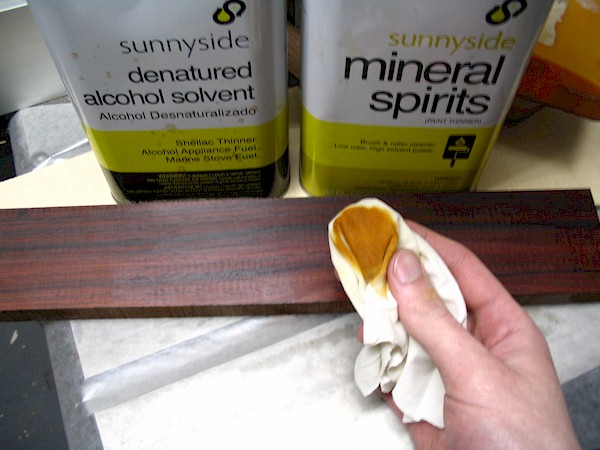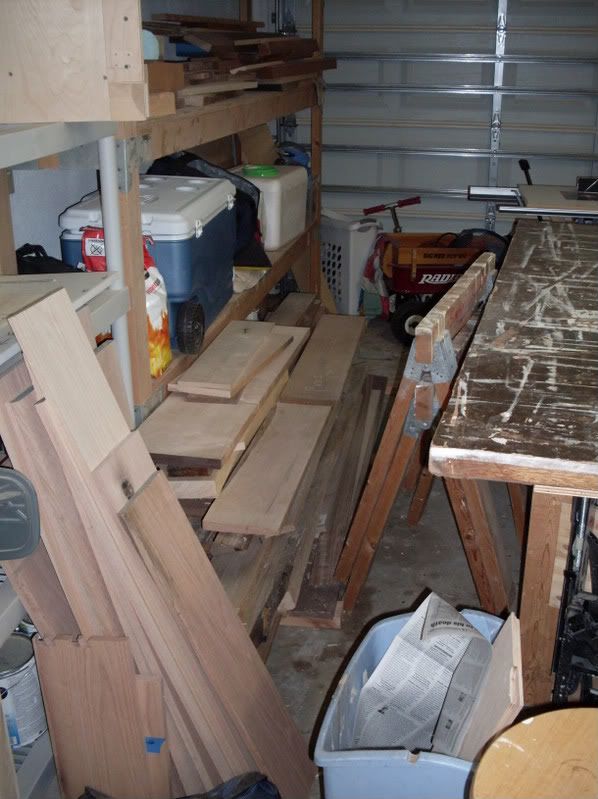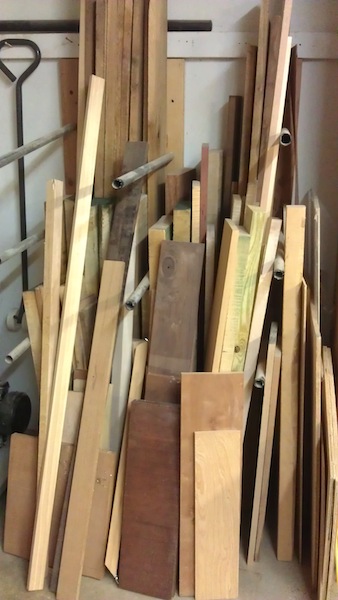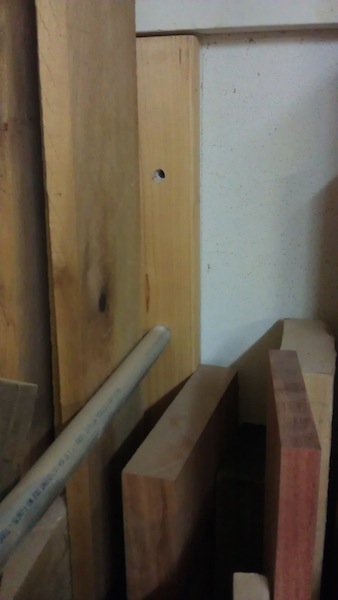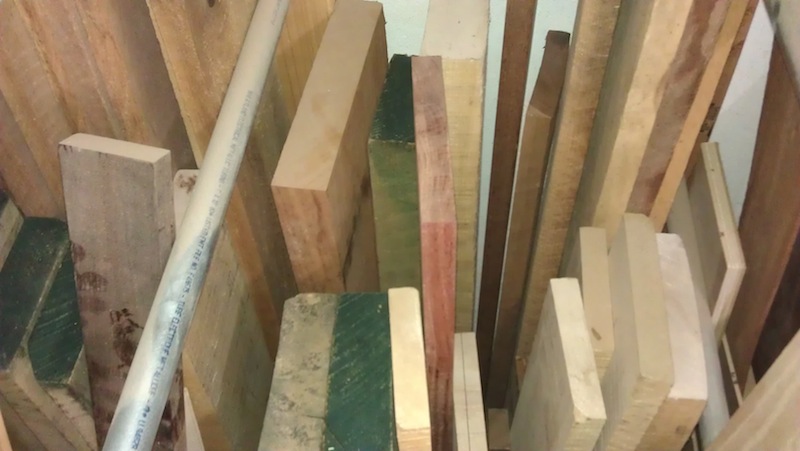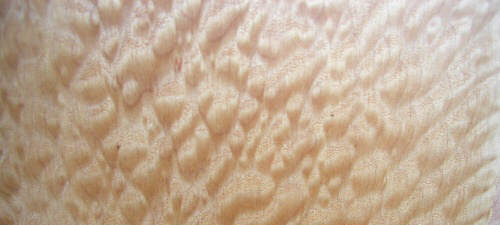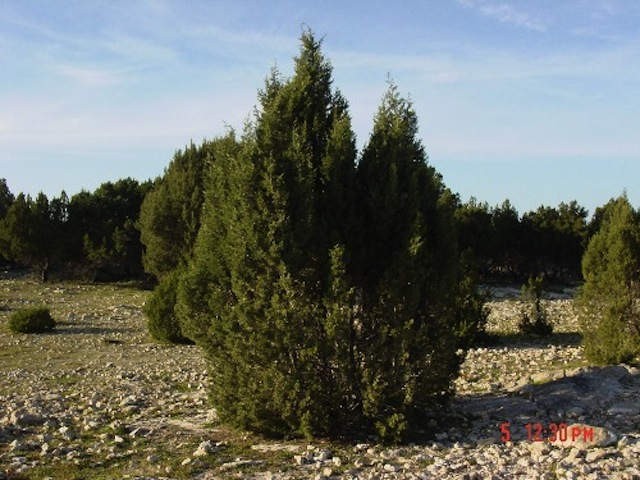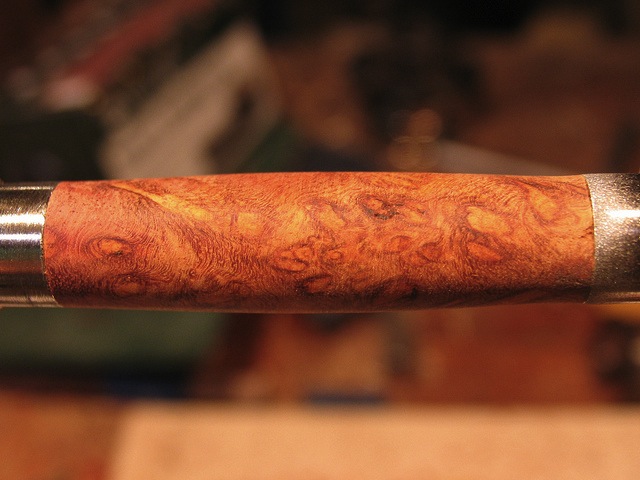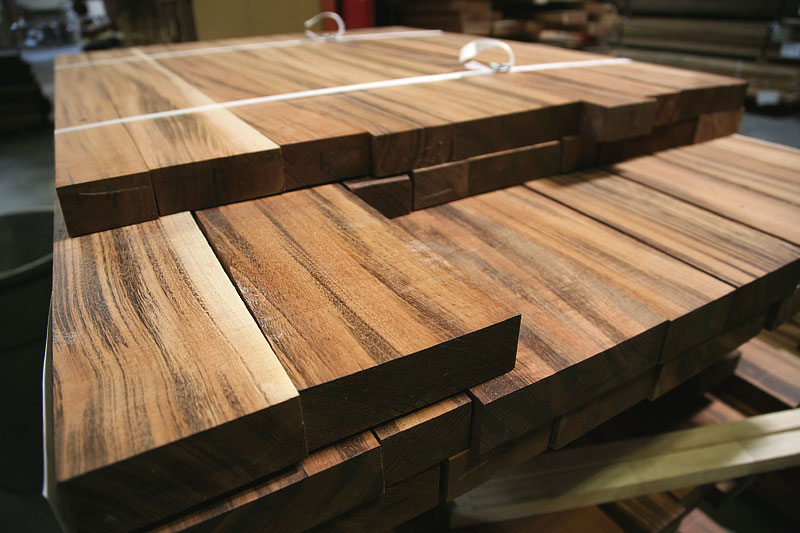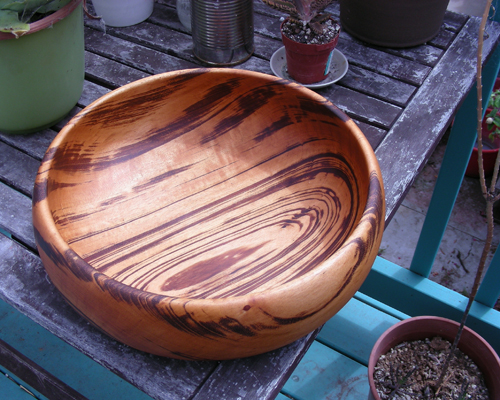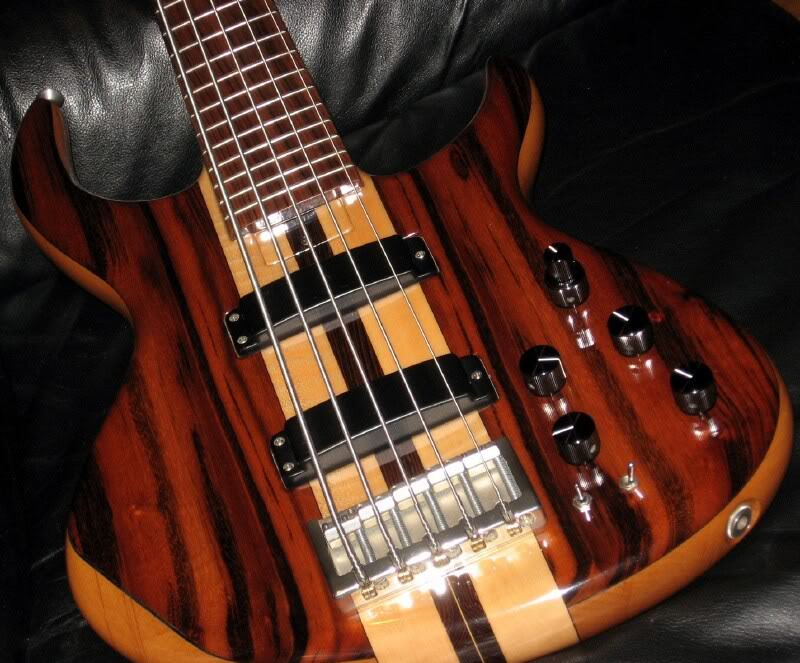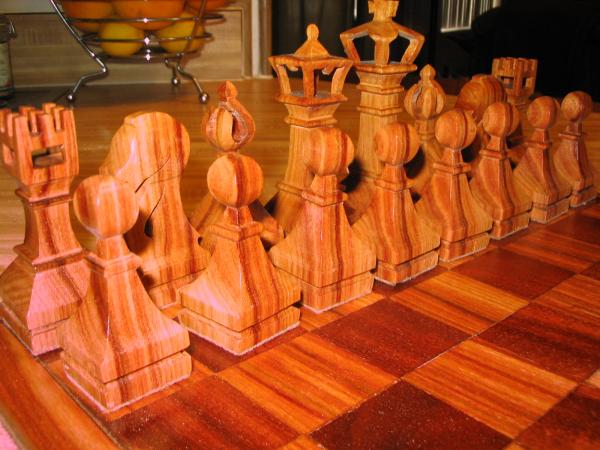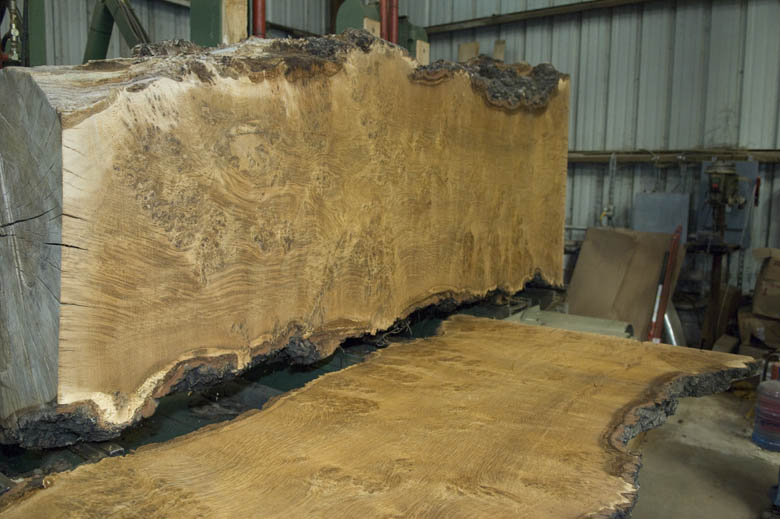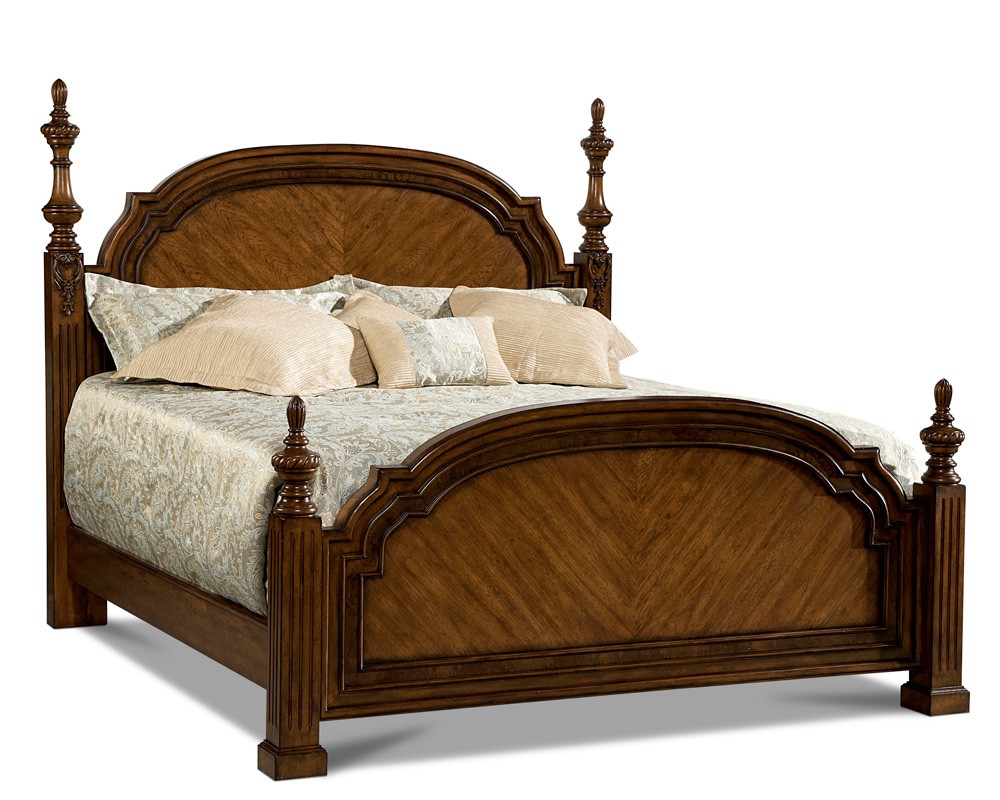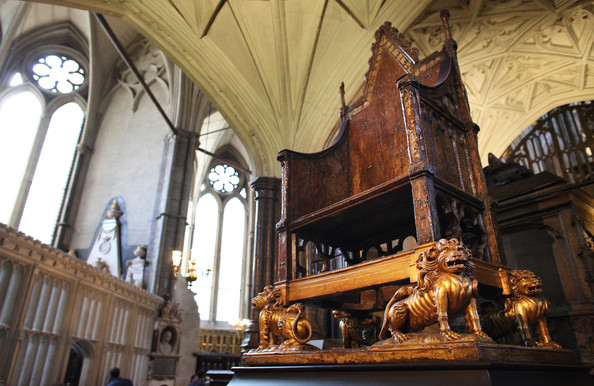“A rose by any other name would smell as sweet” –
William Shakespeare
 When it comes to flowers, few have the beauty and smell of roses. That’s why people spend hours tending to them in their gardens, and why we spend lots of money on Valentine’s Day and anniversaries buying bouquets of them for that special someone in our lives.
When it comes to flowers, few have the beauty and smell of roses. That’s why people spend hours tending to them in their gardens, and why we spend lots of money on Valentine’s Day and anniversaries buying bouquets of them for that special someone in our lives.
And, when it comes to wood, few species stand out as beautifully as the rosewoods. Rich in color and possessing a handsome grain structure, these woods have been used for centuries for articles as mundane as plane handles all the way to expertly crafted symphony violins.
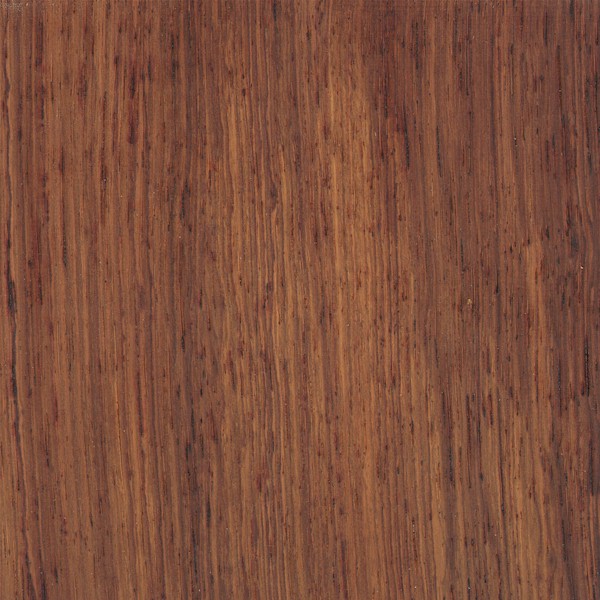 One of the most favorite of the many different rosewoods is Honduran Rosewood. This tropical hardwood grows primarily on the southern coast of Belize, formerly British Honduras, which is where the tree gets its name. Mature specimens of the tree can grow to 90 feet tall, with a slender diameter of about three feet.
One of the most favorite of the many different rosewoods is Honduran Rosewood. This tropical hardwood grows primarily on the southern coast of Belize, formerly British Honduras, which is where the tree gets its name. Mature specimens of the tree can grow to 90 feet tall, with a slender diameter of about three feet.
The wood inside is dense, oily and has a Janka test score considerably higher than sugar maple, but not quite as hard as mesquite. This hardness gives the wood a tremendous tonal quality, making it ideal as tonewood for musical instruments from guitars to xylophones.
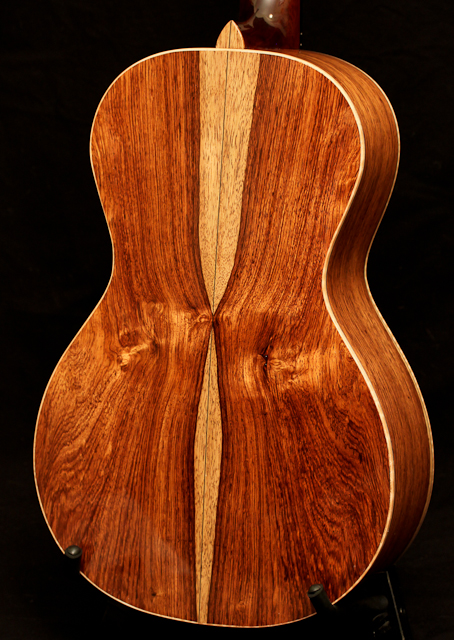 Heartwood of Honduran Rosewood ranges in color from a light brown to a deep brownish-purple. The majority of heartwood will appear almost brownish-mauve. Sapwood is clearly delineated and is a pale yellow. This can make for some dramatic book matches, especially on the backs of guitars.
Heartwood of Honduran Rosewood ranges in color from a light brown to a deep brownish-purple. The majority of heartwood will appear almost brownish-mauve. Sapwood is clearly delineated and is a pale yellow. This can make for some dramatic book matches, especially on the backs of guitars.
Because it is so tough, the wood can really do a number on cutting edges, so be prepared to do more sharpening than you planned for during your project. Its grain is also frequently interlocked, so expect that your planes and planer knives to almost ‘ride over’ the wood in these cases.
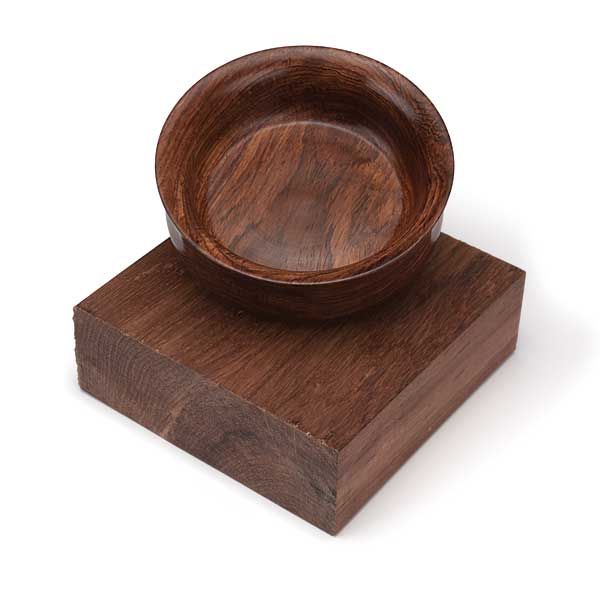 Where this wood excels is in turning. With a steady hand, a turner can sculpt some incredible looking bowls, vessels and other goodies. What’s even better, once the turning is done and the piece is sanded, the work can be burnished, using the natural oils inside to build a soft luster.
Where this wood excels is in turning. With a steady hand, a turner can sculpt some incredible looking bowls, vessels and other goodies. What’s even better, once the turning is done and the piece is sanded, the work can be burnished, using the natural oils inside to build a soft luster.
These oils, of course, can cause some issues. Topcoats can frequently fail on this wood, and there have been problems reported with glue ups. Cleaning the wood well with solvent can temporarily clear the surface enough for the finish or glue to cure. And, as with other tropical hardwoods, the oils in the sawdust can cause issues with those who are allergic to them, so dust collection and dust masks are a must.
Since the wood grows in such a small area, and it is a popular wood to work with, the Convention on International Trade in Endangered Species of Wild Fauna and Flora (CITES) has moved the wood from appendix III to Appendix II. This means that it can no longer be imported or exported without special paperwork. “This beautiful wood has been overharvested,” said Eric Poirier of Bell Forest Products. “That’s why we in the wood industry and the home woodworker needs to appreciate these precious species or they will no longer exist – and no one wants that to happen.”

